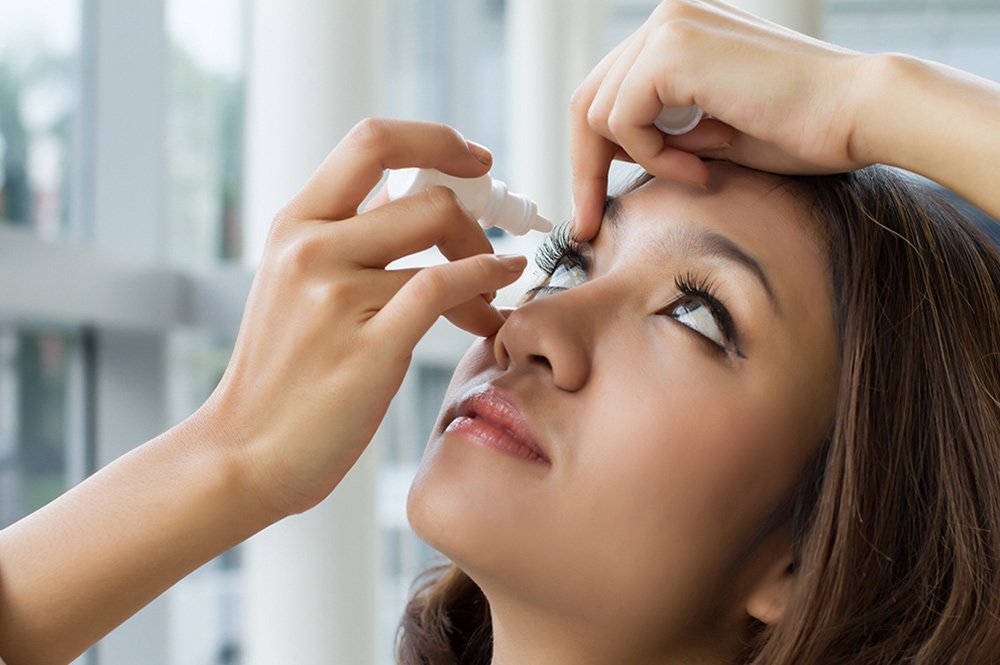Our eyes are among the most sensitive parts of the body, and they are constantly exposed to bacteria, viruses, dust, and allergens. As a result, eye infections are quite common. But if not diagnosed and treated properly, an eye infection can lead to discomfort, blurred vision, and even long-term damage.
In this article, we’ll break down everything you need to know about the diagnosis and treatment of eye infections, including when to see a professional.
ALSO READ: Designer Optical Frames & Optical Boutique: Where Fashion Meets Vision Care
ALDO READ: A/R Lenses for Computer Use: Protecting Your Eyes in the Digital Age
🔍 What Is an Eye Infection?
An eye infection occurs when harmful microorganisms like bacteria, viruses, or fungi invade any part of the eyeball or surrounding tissues. This includes the conjunctiva (the membrane that lines your eyelid), the cornea, and the eyelids themselves.
👁️🗨️ Common Types of Eye Infections
Here are some of the most frequently diagnosed eye infections:
-
Conjunctivitis (Pink Eye)
-
Caused by viruses, bacteria, or allergens
-
Symptoms: redness, itching, discharge, and tearing
-
-
Stye (Hordeolum)
-
A painful red bump caused by a blocked oil gland
-
Usually found on the edge of the eyelid
-
-
Blepharitis
-
Inflammation of the eyelids, often due to bacteria or skin conditions
-
Symptoms: swollen, itchy eyelids with crusting
-
-
Keratitis
-
Inflammation of the cornea, often due to infection or injury
-
Can lead to vision loss if not treated promptly
-
-
Uveitis
-
A serious inflammation inside the eye that may be linked to autoimmune diseases or infections
-
Symptoms: eye pain, blurred vision, and light sensitivity
-
🧪 How Eye Infections Are Diagnosed
Proper diagnosis is the first step toward effective treatment. An eye care professional may use several methods:
-
Visual Examination: Looking at the eye with a slit-lamp microscope.
-
Patient History: Understanding symptoms and exposure to irritants or infected persons.
-
Eye Swab or Culture: A small sample of eye discharge may be tested to identify the exact cause (bacterial, viral, or fungal).
-
Fluorescein Stain Test: A dye is placed in the eye to highlight damage to the cornea.
💊 Treatment Options for Eye Infections
Treatment depends on the type and cause of the infection:
✅ Bacterial Infections
-
Treated with antibiotic eye drops or ointments.
-
Oral antibiotics may be required for more severe cases.
✅ Viral Infections
-
Usually resolve on their own.
-
Cool compresses, lubricating drops, and in some cases, antiviral medication may be recommended.
✅ Fungal Infections
-
Require antifungal eye drops or oral medications.
-
Must be treated promptly to prevent complications.
✅ Allergic Conjunctivitis
-
Treated with antihistamine or anti-inflammatory drops.
-
Avoiding allergens is also crucial.
✅ Home Care Tips
-
Keep hands and face clean.
-
Avoid touching or rubbing the eyes.
-
Do not share towels, makeup, or contact lenses.
-
Follow your eye doctor’s instructions carefully.
⚠️ When to See an Eye Doctor
See a professional immediately if you experience:
-
Severe eye pain or swelling
-
Blurred or double vision
-
Light sensitivity
-
Green or yellow discharge
-
Symptoms that persist beyond a few days
Delaying treatment can increase the risk of vision loss.
👁️🗨️ Final Thoughts
Eye infections are treatable, especially when detected early. Don’t self-medicate or ignore symptoms. Whether it’s a minor irritation or a serious condition, a prompt diagnosis and proper treatment can protect your vision and restore eye health.
Regular eye check-ups, good hygiene practices, and awareness of symptoms are your best defenses against eye infections.

